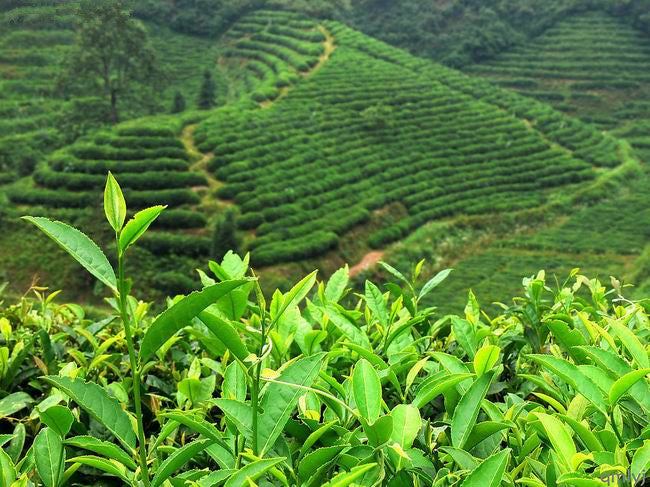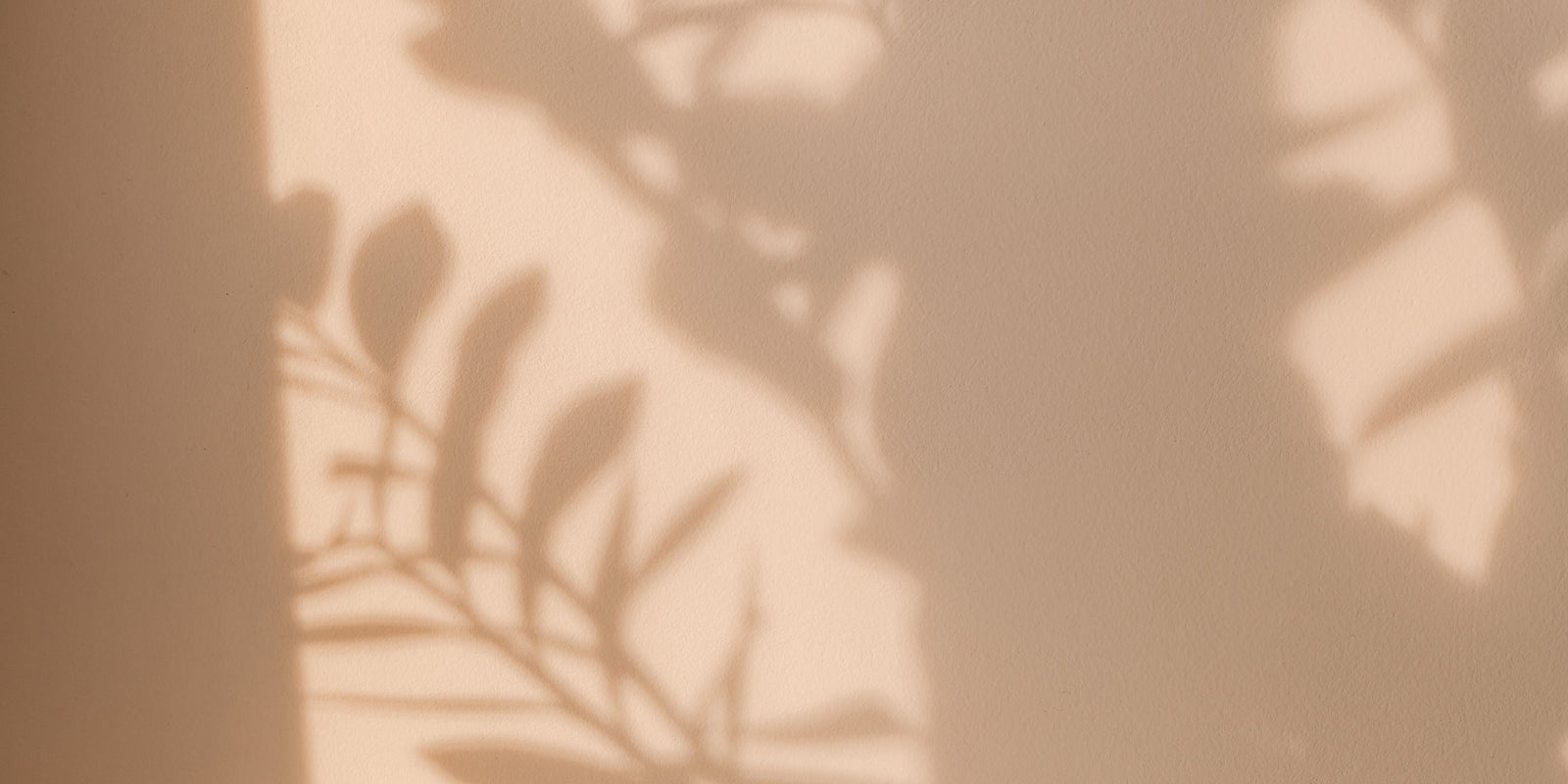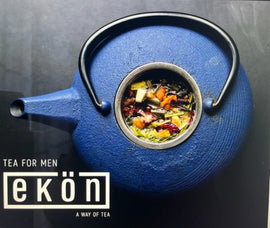
Step into the world of tea and uncover the meticulous journey from leaf to cup. At Ekön Tea, our commitment to precision and craftsmanship ensures every cup you enjoy is a masterpiece.
Where Tea Begins: The Factory Process
Once the tea leaves are carefully plucked, their transformation begins. The leaves are quickly transported to a nearby tea factory to preserve their freshness. The proximity of these factories to the tea gardens is crucial to maintain the leaves' quality.
Within just 24 hours, the leaves go through a critical process that will determine their final character. Whether they become black, green, or something in between, caffeinated or decaffeinated, this short window is the most important time in a tea leaf’s life.

Before leaving the factory, each type of tea—be it black, green or Oolong—undergoes a sorting process. The leaves are carefully graded and grouped by size, as different sizes brew at varying speeds. Each batch is then categorized based on its size, type, and appearance. Countries have unique systems for classifying teas, often naming them by their region of origin, production method, or even the legends that surround them.
Once sorted, the leaves are ready to be packed in foil-lined paper sacks or tea chests, ensuring they remain dry and protected throughout their journey.
The Transformation Process
Did you know that black, green, and white teas all begin their journey the same way? It’s the production process that defines their final form. Black tea, the most widely consumed variety, is crafted through one of two methods: the 'orthodox' method or the 'CTC' method.
Read on to discover the intricate details of how tea is made using these traditional processes.
The Orthodox Black Tea-Making Method
This is the most common method of producing tea. It involves four key stages: withering, rolling, oxidation, and drying.
The CTC Method
The 'Cut, Tear, and Curl' (CTC) method, developed during World War II, was designed to maximize the weight of tea that could be packed into sacks or chests. Similar to the orthodox method, the leaves are first withered. However, after withering, they are processed through rollers equipped with sharp teeth that cut, tear, and curl the leaves into tiny granules—ideal for tea bags. Following this, the leaves undergo the same oxidation and drying processes as in the orthodox method.
Withering
When tea leaves first arrive at the factory, they are full of moisture. The withering process reduces their water content to around 60%-70%. This is achieved by spreading the leaves across large troughs on a wire mesh, where air is gently circulated to dry them out. This process takes between 12 and 17 hours, leaving the leaves pliable and ready for the next stage.
Rolling
Traditionally, tea leaves were rolled by hand, but today, most factories use rolling machines. These machines rotate horizontally on a rolling table, twisting and breaking the leaves into thin, wiry shapes. This step also initiates the next stage: oxidation.
Oxidation
Oxidation is what gives tea its color, taste, and strength. The leaves are placed in troughs or laid out on tables for 30 minutes to two hours at around 26°C. During this time, the enzymes in the leaves react with the air, turning the leaves from green to beige to deep brown. The extent of oxidation determines whether the tea will have a light, mild flavor or a rich, robust taste.
Drying or Firing
Once the leaves have reached the desired level of oxidation, they are passed through hot air dryers. This reduces their water content to about 3%, making them ready for sorting and packaging.

The Green Tea-Making Method
In addition to black tea, we also produce green and Oolong teas. Remarkably, all these teas start as the same leaves. So, how do they acquire their unique flavors and colors?
For green tea, the oxidation process is completely skipped. This omission gives green tea its light, fresh flavor and delicate color. To preserve these qualities, the leaves are often pan-dried or steamed to deactivate any enzymes that could trigger oxidation. The leaves are then rolled into various shapes, such as the bullet-like Gunpowder green tea or tightly wound spirals.

If black tea is like red wine and green tea like white, Oolong tea is akin to rosé. The leaves used for Oolong tea are partially oxidized, achieving a balance between green and brown. This partial oxidation gives Oolong tea its distinct color and fruity aroma.
As you can see, crafting the perfect cup of tea is a delicate art form that requires skill and attention at every step. The next time you brew a cup of Ekön Tea, you’ll know just how much care has gone into every sip.




